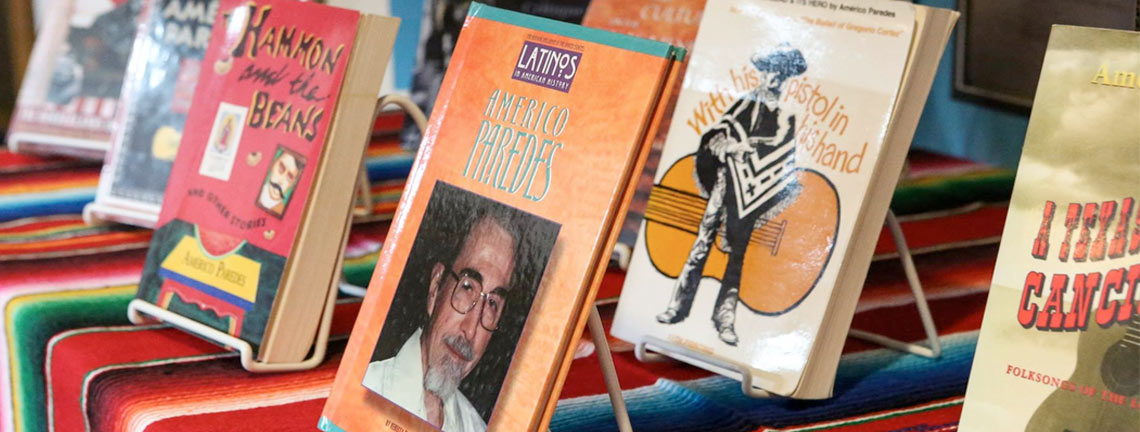
Public Affairs and Security Studies Faculty Publications and Presentations
Document Type
Article
Publication Date
2021
Abstract
The North–South inequality hurts both high- and low-income countries in many respects, both directly and indirectly. At the same time, workers from low-income countries work just as hard as those from high-income countries but are often held in abject poverty by circumstances not of their own making. The question the study tries to find answers for is: why do hard-working individuals in both the North and the South bring home different levels of income, yielding big differences in per capita income globally and what can be done about it? Current pro-poor growth policies that include handouts, loans or relocating industries to the South cannot rid the world of inequality. The study argues that rich countries can and should prevent poor countries from sinking deeper into poverty if that does not call them to sacrifice anything of comparable moral importance. Data on GDP per capita and natural resources within countries is used to show, and explain two forms of inequality; income levels and natural resources and that every region has something valuable to offer toward maintaining the global economy. The South is endowed with surplus natural resources that the North needs and the North has high incomes that can be used to support development needs in the South. Institutional weaknesses aside, the most feasible framework to reducing global inequality is a pragmatic and moral approach to valuing the natural resources from the South on the same scale as financial development assistance from the North.
Recommended Citation
Atisa, George. 2021. “A Moral and Pragmatic Analysis of Debt and North–South Economic Inequality.” In Economic Inequality – Trends, Traps and Trade-Offs, edited by Medani P. Bhandari and Hanna Shvindina, 139–63. River Publishers. https://ieeexplore.ieee.org/document/9514791.
Publication Title
Economic Inequality – Trends, Traps and Trade-offs


Comments
Original published version available https://ieeexplore.ieee.org/document/9514791 or
https://www.riverpublishers.com/book_details.php?book_id=921